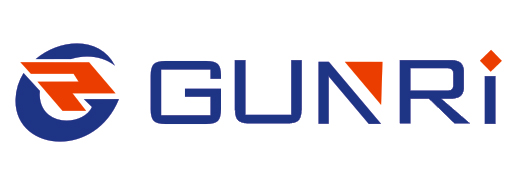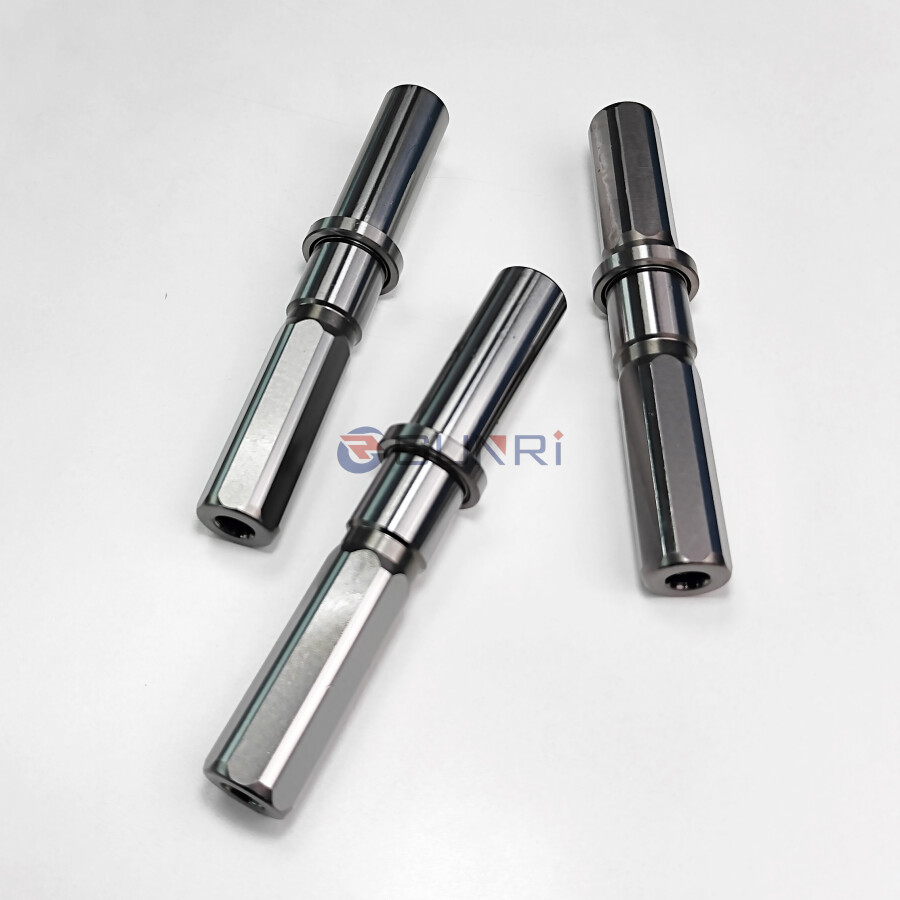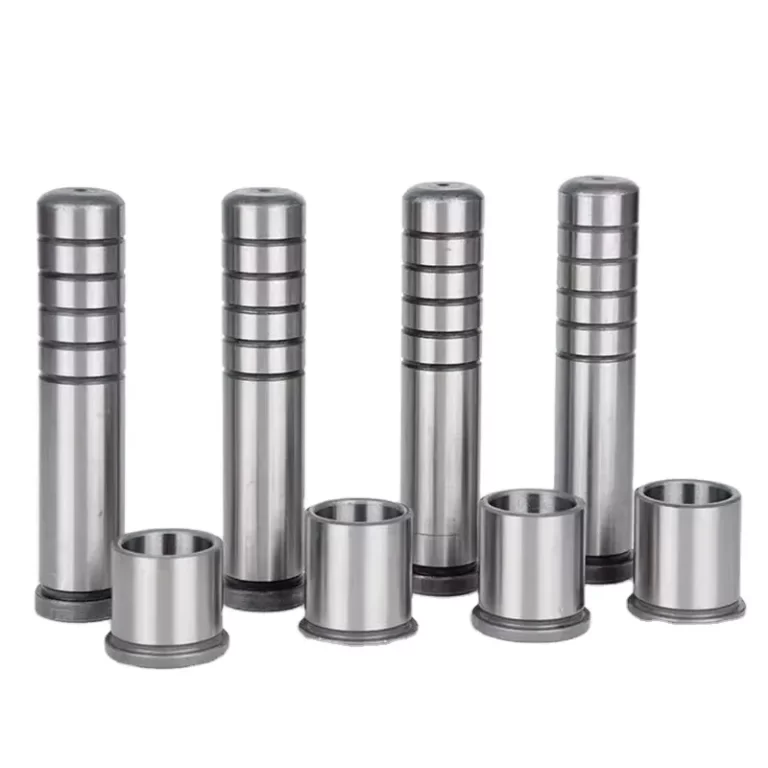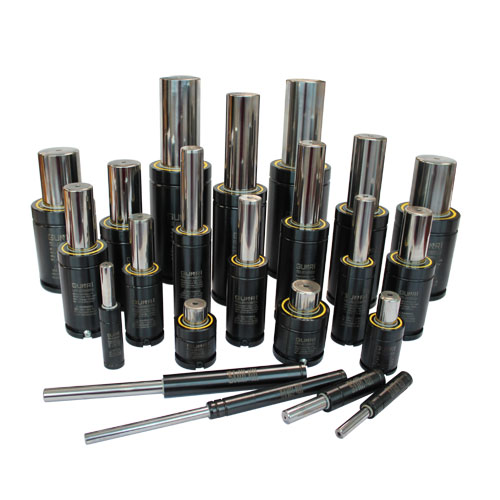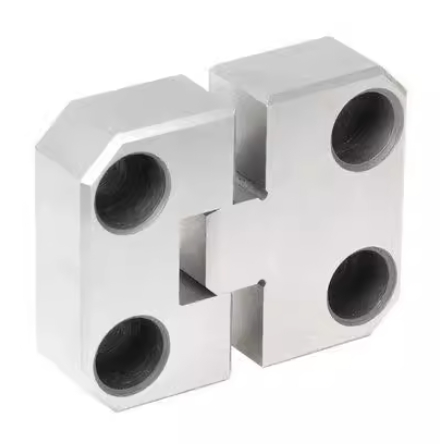How to Select the Right Guide Pillars & Bushings for Your Mold Application: A Comprehensive Guide
Guide pillars and bushings are critical components ensuring precise alignment and smooth operation in mold making. Choosing the correct ones directly impacts your mold’s accuracy, lifespan, and overall efficiency. This comprehensive guide will walk you through the essential factors for selecting the ideal guide pillars and bushings for your specific application.
Understand Your Mold Type & Application Requirements
The intended use of your mold is a primary factor in component selection. Consider:
- Stamping Dies: Require robust guide pillars and bushings to withstand high impact forces and maintain accurate alignment during high-speed operations.
- Keywords: stamping die components, high-speed stamping, die alignment
- Injection Molds: Often necessitate high precision and smooth movement for intricate part designs and consistent molding cycles.
- Keywords: injection mold components, plastic injection molding, mold precision
- Progressive Dies: Demand exceptionally precise alignment across multiple stations, often requiring specialized guide components.
- Keywords: progressive die tooling, multi-stage dies, precise alignment
Define Your Required Accuracy & Precision Levels
The tolerance grade of your guide pillars and bushings directly affects the final product’s quality. Understand these fits:
- Clearance Fit: Offers play between the pillar and bushing, suitable for less demanding applications.
- Keywords: clearance fit guide, loose fit bushing
- Transition Fit: Provides a tighter fit with minimal clearance, ideal for applications requiring moderate precision.
- Keywords: transition fit guide, medium precision bushing
- Interference Fit: The pillar is larger than the bushing bore, requiring force for assembly and delivering the highest level of accuracy.
- Keywords: interference fit guide, high precision bushing
Evaluate Load & Stress Conditions During Operation
Analyze the forces your mold will endure:
- Clamping Force: The force holding the mold halves together.
- Injection Pressure (Injection Molds): The pressure of the molten material entering the mold.
- Material Thickness (Stamping Dies): The thickness of the material being formed.
Select guide components with appropriate strength and dimensions to withstand these stresses and prevent premature wear. * Keywords: mold load capacity, die stress analysis, heavy-duty guide pillars
Consider Material Compatibility & the Operating Environment
The material of your guide pillars and bushings should be compatible with the processed materials and the working environment. Common options include:
- Steel: Offers good strength and wear resistance for general applications. Different grades (e.g., bearing steel, alloy steel) provide varying hardness and durability.
- Keywords: steel guide pillars, steel guide bushings, bearing steel components
- Bronze: Provides excellent wear resistance and self-lubricating properties, commonly used in bushings.
- Keywords: bronze guide bushings, wear-resistant bushings, self-lubricating bushings
- Aluminum Bronze: Offers higher strength and corrosion resistance than standard bronze.
- Keywords: aluminum bronze bushings, corrosion-resistant guide components
- Graphite-Impregnated Materials: Offer superior self-lubrication, ideal when external lubrication is challenging.
- Keywords: graphite guide bushings, self-lubricating mold components
Consider temperature, humidity, and potential for chemical exposure when selecting materials.
Determine Your Lubrication Requirements
Proper lubrication is crucial for extending component life and ensuring smooth mold operation:
- Self-Lubricating Bushings: Best for applications where manual lubrication is difficult or undesirable.
- Keywords: self-lubricating guide bushings, maintenance-free mold components
- External Lubrication: Requires a lubrication system. Choose components with appropriate lubrication grooves or features.
- Keywords: lubricated guide pillars, lubrication grooves, mold maintenance
Understand the Benefits of Standardization (JIS, DIN, ISO, NAAMS)
Using standardized guide pillars and bushings offers significant advantages:
- Interchangeability: Simplifies replacement and maintenance.
- Availability: Easily sourced from multiple suppliers globally.
- Cost-Effectiveness: Often more economical than custom parts.
Determine if adhering to specific standards like JIS (Japanese), DIN (German), ISO (International), or NAAMS (North American) aligns with your needs and supply chain. * Keywords: JIS guide pillars, DIN guide bushings, ISO mold components, NAAMS tooling
Balance Cost with Long-Term Lifespan & Performance
While initial cost is a consideration, prioritizing quality and durability can lead to significant long-term savings by minimizing downtime and replacement costs. Choose reputable manufacturers known for their reliable products. * Keywords: high-quality guide pillars, durable mold components, extended mold life
Factor in Ease of Installation & Maintenance Procedures
Consider the practicality of installing and maintaining the guide pillars and bushings. Features like removable bushings or specific mounting designs can streamline these processes. * Keywords: easy-to-install guide bushings, removable mold components, simplified mold maintenance
Conclusion:
Selecting the correct guide pillars and bushings is a fundamental decision that significantly impacts your mold’s performance and longevity. By carefully evaluating your mold type, accuracy needs, load conditions, material compatibility, lubrication requirements, standardization options, cost considerations, and ease of maintenance, you can ensure optimal mold operation and minimize potential issues.
Need expert guidance in selecting the ideal guide pillars and bushings for your specific mold application? Contact the experienced team at GUNRI today for personalized advice and high-quality solutions!
